
For too long, women in STEM had to work twice as hard to be noticed. Now, they’re not just part of the conversation—they’re driving it. These innovators, coders, engineers, and scientists are shaping the future on their own terms. Get ready to meet ten women changing how we think about science and technology.
Francoise Barre-Sinoussi
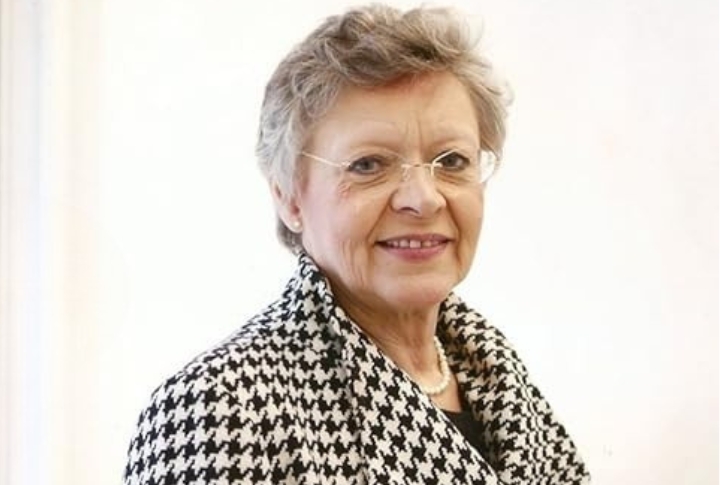
Back in the early ’80s, Francoise Barre-Sinoussi helped crack one of the biggest medical mysteries—linking HIV to AIDS. Her research impacted global health and earned her the 2008 Nobel Prize. She’s still active today, mentoring scientists around the world.
Tu Youyou
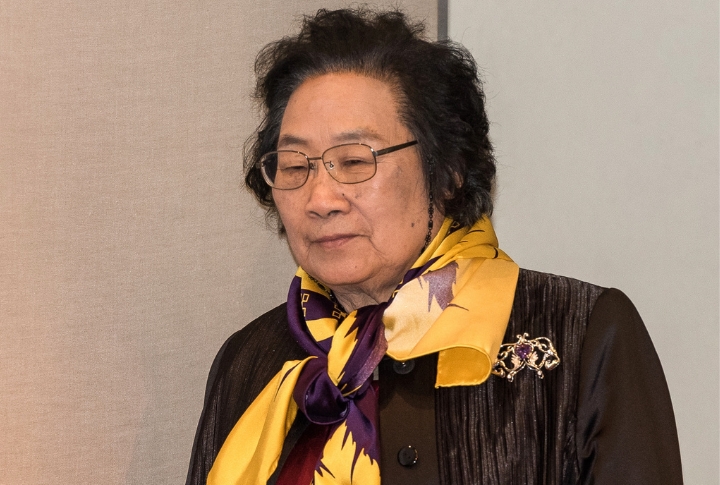
Tu Youyou headed straight to the lab and opened a dusty book of traditional remedies. That leap led to artemisinin, a malaria treatment that’s saved millions. The 2015 Nobel Prize followed and made her the first Chinese woman to win. It was a rare case of science looking backward to move forward.
Fabiola Gianotti
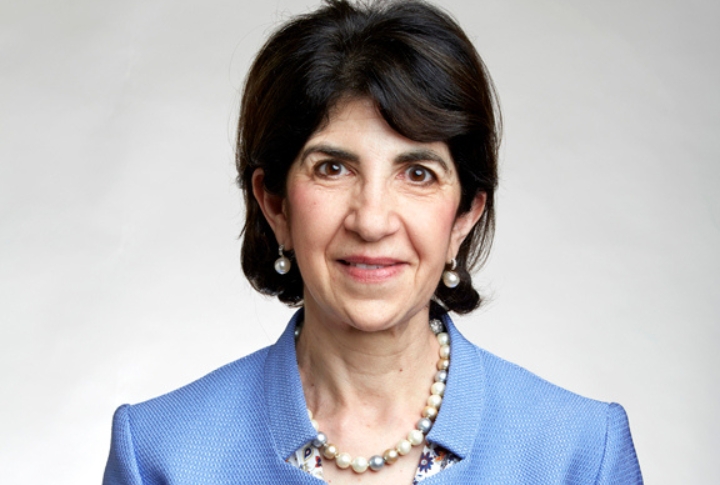
At the helm of CERN, Fabiola Gianotti became the first woman to direct the world’s top particle physics lab. The 2012 breakthrough that confirmed the Higgs boson—a particle key to explaining why matter has mass—owed much to the leadership she brought to CERN at the time.
Katherine Johnson
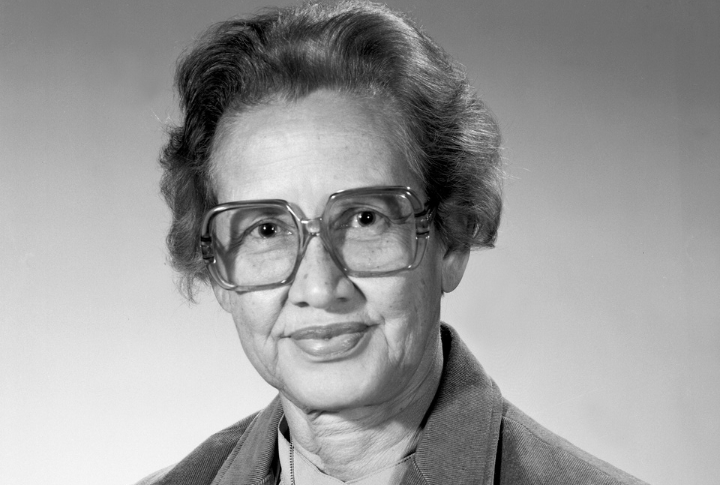
Before Apollo 11 launched, Katherine Johnson’s calculations paved the path to the moon. Her trajectory math helped NASA steer spaceflight with incredible precision and confidence. Working in a time of racial segregation and limited opportunity, she made numbers speak louder than bias and reshaped what was possible in science.
Gladys West
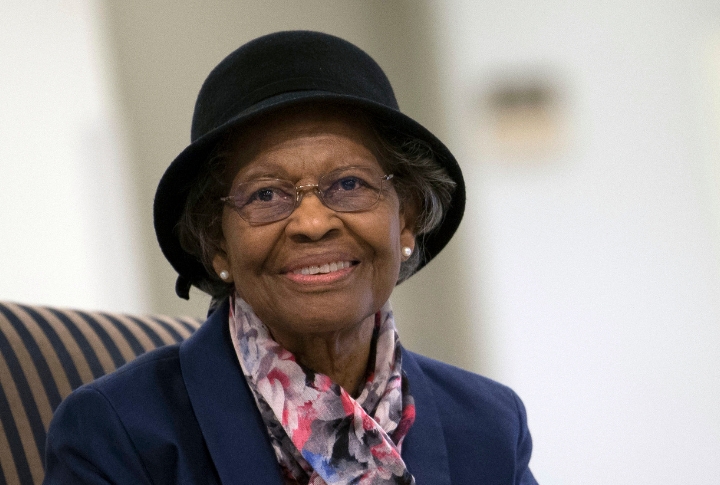
Few people knew Gladys West’s name, even though her math made modern GPS possible. At a U.S. military lab, she spent years calculating the Earth’s exact shape with remarkable precision. That quiet work changed everything. In 2018, the Air Force finally honored her contributions by adding her to its Hall of Fame.
May-Britt Moser
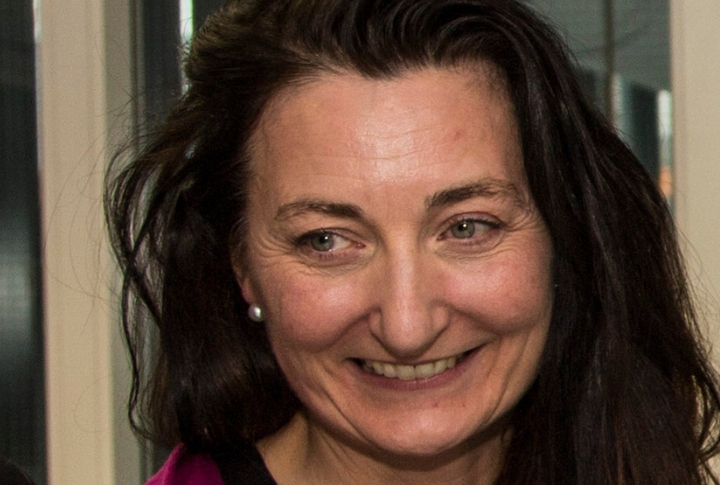
How does your brain know where you are in a room? May-Britt Moser turned that question into a breakthrough. Through experiments on spatial memory, she identified the grid cells that help us sense direction and location. The findings transformed neuroscience—and earned her Nobel Prize.
Maryam Mirzakhani
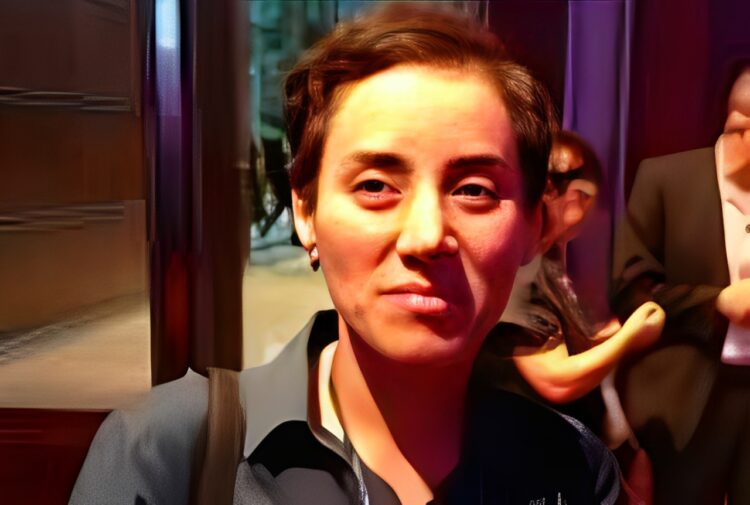
Maryam Mirzakhani revolutionized geometry by unlocking the dynamics of curved surfaces, especially hyperbolic Riemann surfaces and moduli spaces classifying complex structures. Her breakthroughs on geodesic flows and counting closed curves earned her the 2014 Fields Medal, making her its first female recipient.
Mae Jemison
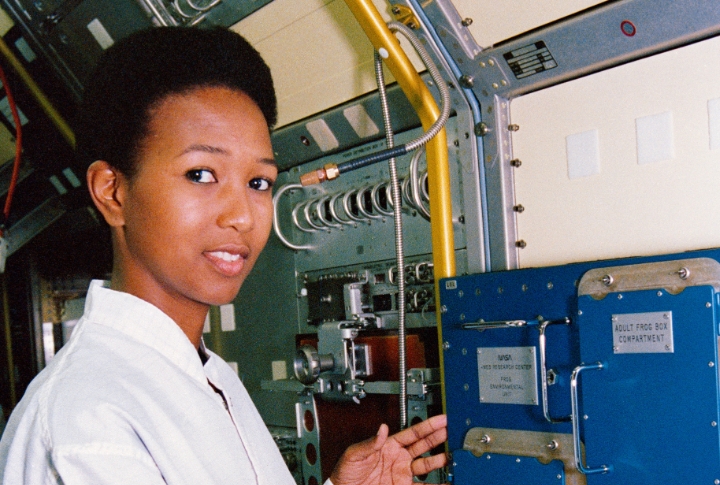
History was made in 1992 as Mae Jemison soared into orbit on the Space Shuttle Endeavour, the first African-American woman to do so. She holds a medical degree, founded technology companies, studied dance formally, and continues bridging science and art to inspire entrepreneurship and innovation.
Rosalind Franklin
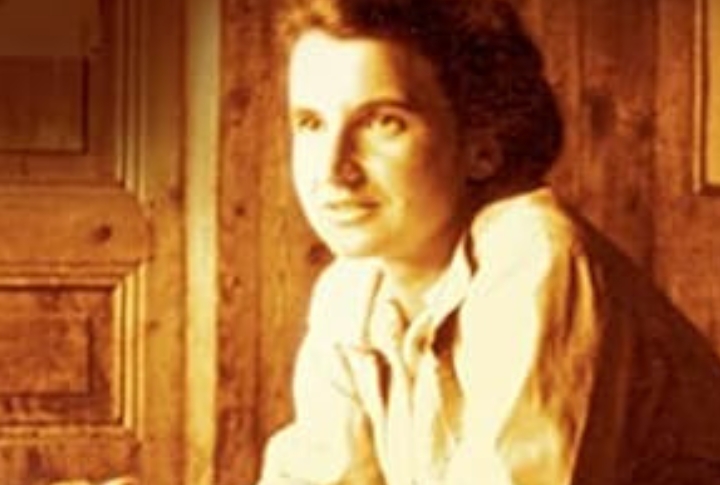
In a lab full of X-rays and crystallography, Rosalind Franklin captured the image that unlocked the DNA double helix. Though her pivotal contribution was long overshadowed, her work remains foundational in molecular science. Her meticulous X-ray diffraction analyses revealed DNA’s structure and set the standard for modern structural biology.
Hatice Altug
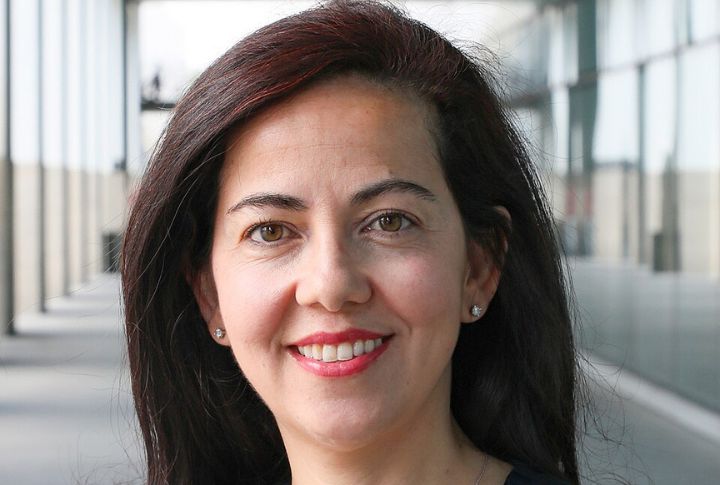
At EPFL in Switzerland, Hatice Altug teaches bioengineering and also heads the Doctoral School in Photonics. She leads efforts to develop compact biosensors that catch diseases early. This quiet shift in how lab tests work could completely change what people experience during a routine medical checkup.

